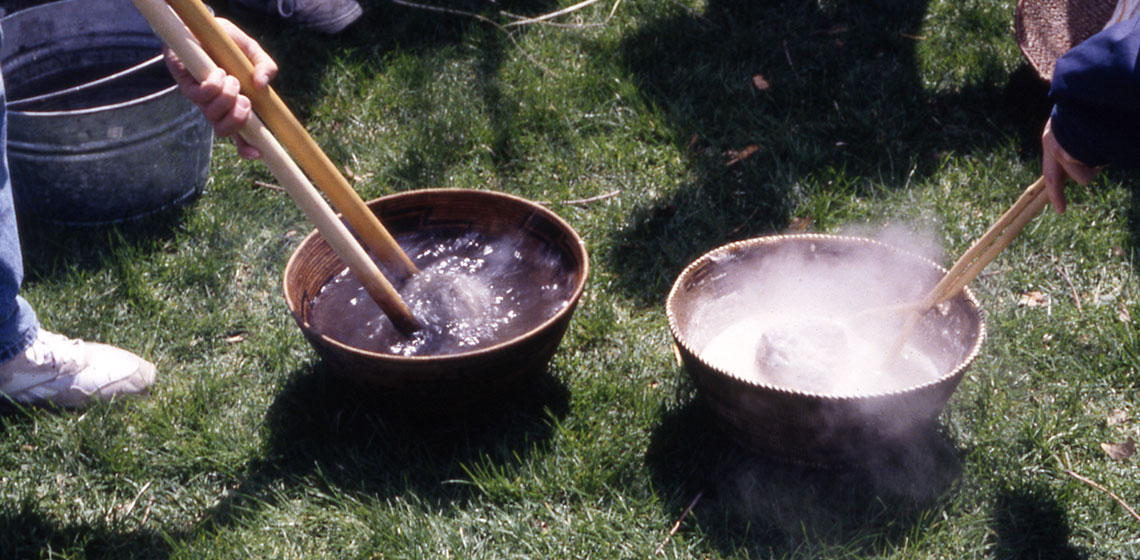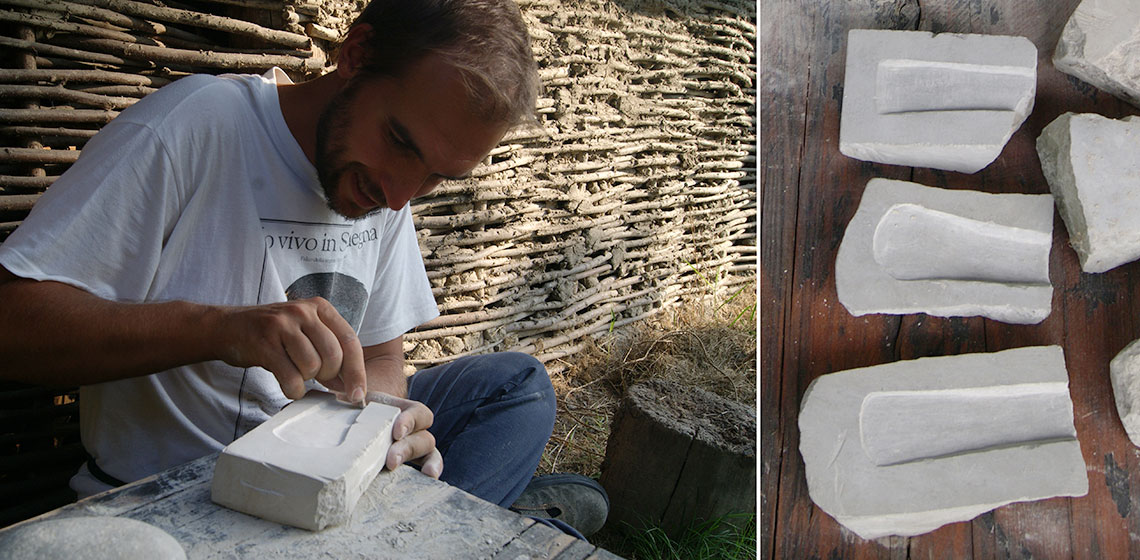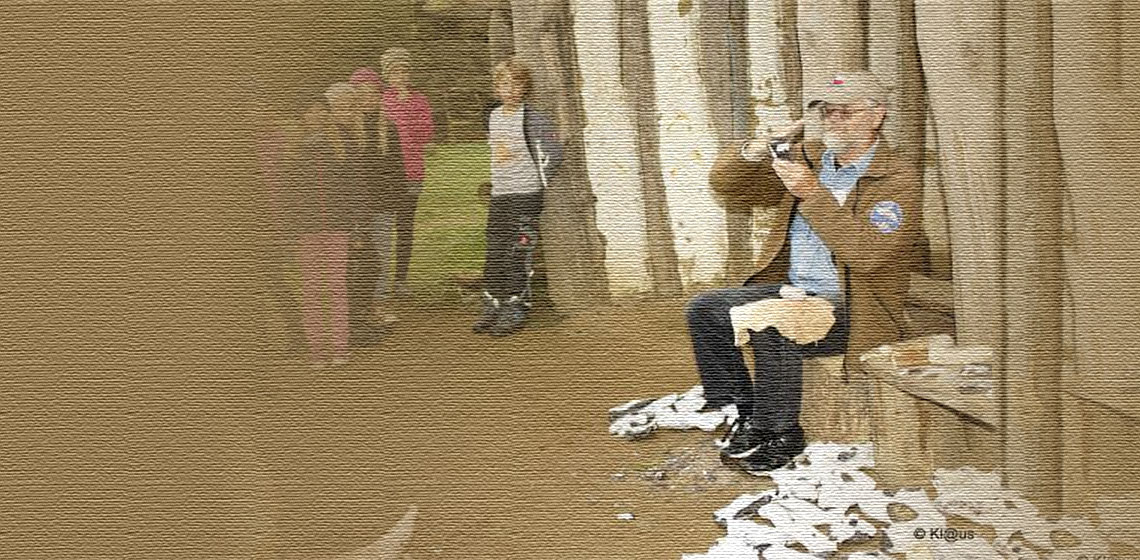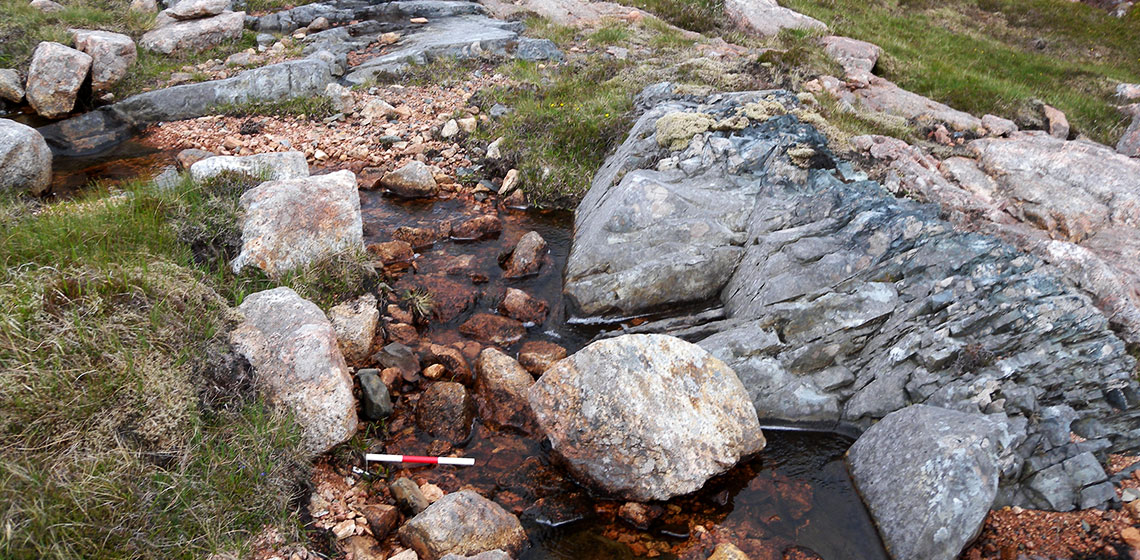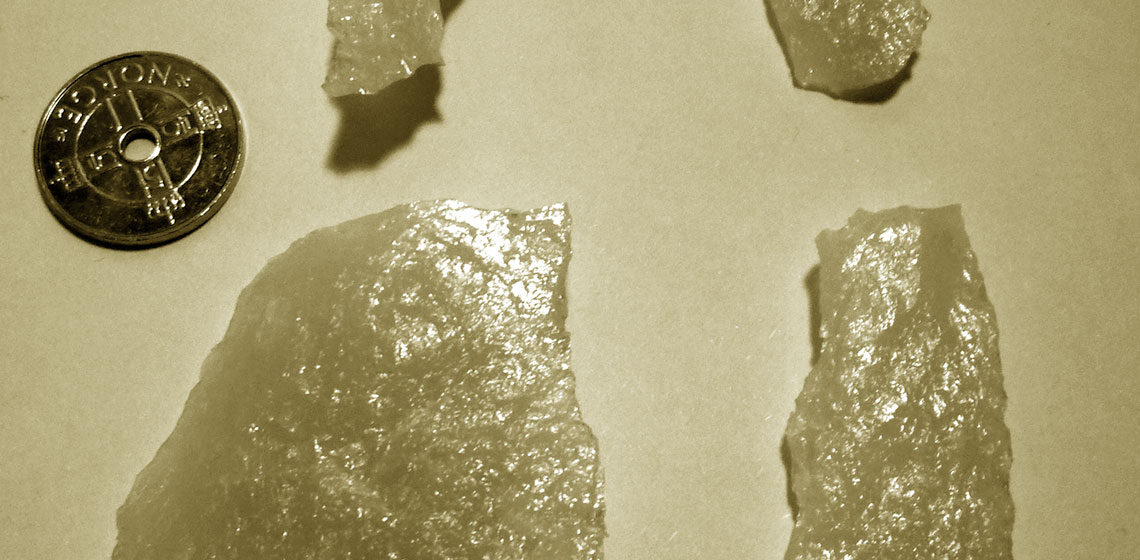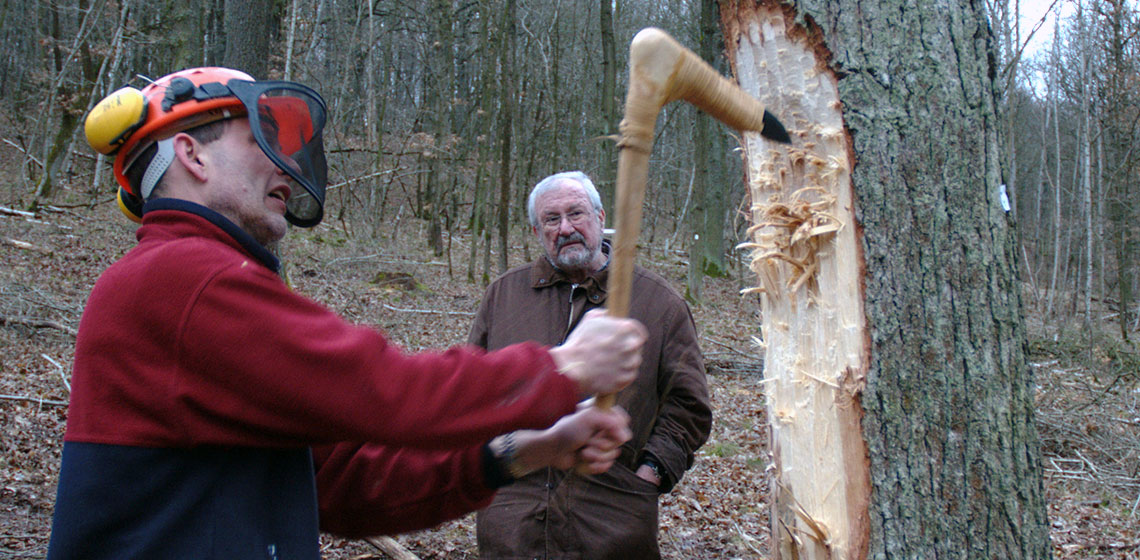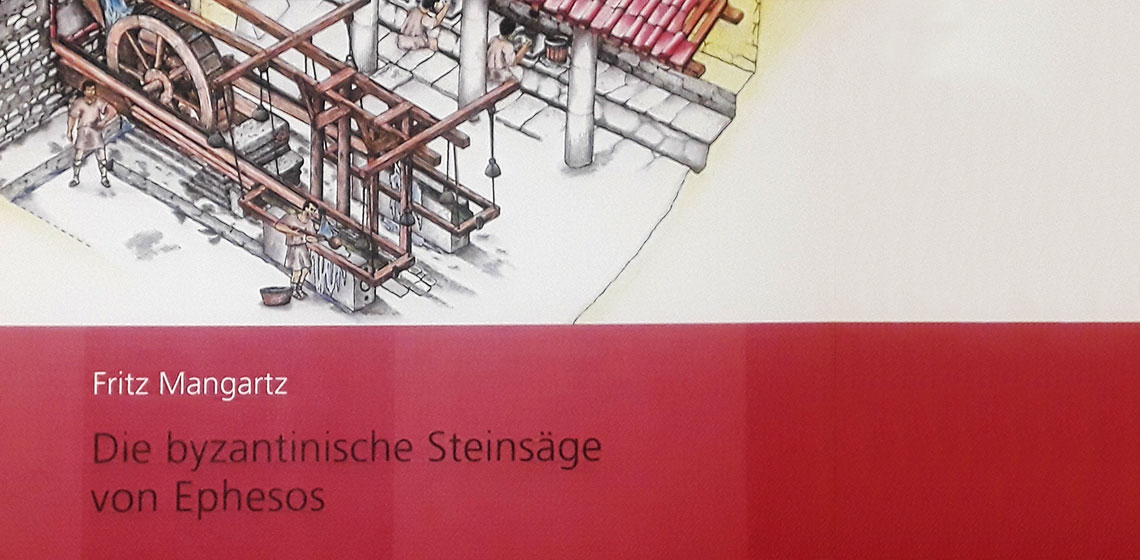stone
Cooking in Baskets Using Hot Rocks
Publication Date
Baskets are among the most ancient of human artefacts. Everyone is familiar with their most common functions as containers for transport and storage. When told that baskets have also served as cooking vessels, most people will be unable to conceive of how this is possible, yet this was a primary function of baskets for many cultures of the past, and some until the present...
Experiencing Visible and Invisible Metal Casting Techniques in Bronze Age Italy
Publication Date
OpenArch Dialogue with Skills Issue
***What we know about Bronze Age metalworking in Italy basically relies on finished artefacts and on stone, clay or bronze implements involved in the process of manufacturing (tuyères, crucibles, moulds, hammers, chisels, et cetera; Bianchi, 2010; Bianchi, in press).
***What we know about Bronze Age metalworking in Italy basically relies on finished artefacts and on stone, clay or bronze implements involved in the process of manufacturing (tuyères, crucibles, moulds, hammers, chisels, et cetera; Bianchi, 2010; Bianchi, in press).
Knapping Skill Assessment
Publication Date
OpenArch Dialogue with Skills Issue
***This article is derived from a presentation made by the senior author at the OpenArch Conference "Working with stones in European Pre- and Proto-history in theory and in practice" organised by the Archaeological-Ecological Centre Albersdorf (DE), 23-27 September, 2013.
***This article is derived from a presentation made by the senior author at the OpenArch Conference "Working with stones in European Pre- and Proto-history in theory and in practice" organised by the Archaeological-Ecological Centre Albersdorf (DE), 23-27 September, 2013.
Stone Tools of Shetland: Experimental Felsite Project
Publication Date
8th UK EA Conference Oxford 2014
***The Shetland Islands are the northernmost part of Britain, located northeast of the Orkney Islands and Scottish mainland. Similar to other locations in northwest Europe, during the Neolithic Period (4000-2500 cal BC) suitable lithic sources were exploited for use in the production of stone axes and other artefacts...
***The Shetland Islands are the northernmost part of Britain, located northeast of the Orkney Islands and Scottish mainland. Similar to other locations in northwest Europe, during the Neolithic Period (4000-2500 cal BC) suitable lithic sources were exploited for use in the production of stone axes and other artefacts...
Lithic Experiments in Rescue Archaeology: a Case from Southern Norway
Publication Date
7th UK EA Conference Cardiff 2013
***The institutional context in which Stone Age knowledge production takes place in Norway is structured by the current system of cultural heritage management (CHM). By virtue of the Heritage Act from 1978 and the regulations on professional responsibilities, the practical work of surveying and excavating prehistoric sites is divided respectively between the 19 County Councils and the five archaeological government museums...
***The institutional context in which Stone Age knowledge production takes place in Norway is structured by the current system of cultural heritage management (CHM). By virtue of the Heritage Act from 1978 and the regulations on professional responsibilities, the practical work of surveying and excavating prehistoric sites is divided respectively between the 19 County Councils and the five archaeological government museums...
Interview: Helmut ‘Hugo’ Windl
Publication Date
Archaeology Starts Just Outside Your Door! Experimental archaeology in Austria carries a name: Hofrat Dr Helmut ‘Hugo’ Windl (born 1944). Windl, has, from the start of his academic career, stood strong for the establishment of this practical form of research in the Alp Republic...
Book Review: Die byzantinische Steinsäge von Ephesos by Fritz Mangartz
Publication Date
Water driven saws for cutting stone were thought of as being modern inventions, until recently. At present we have several finds that prove such machines existed in the Classic Era...

